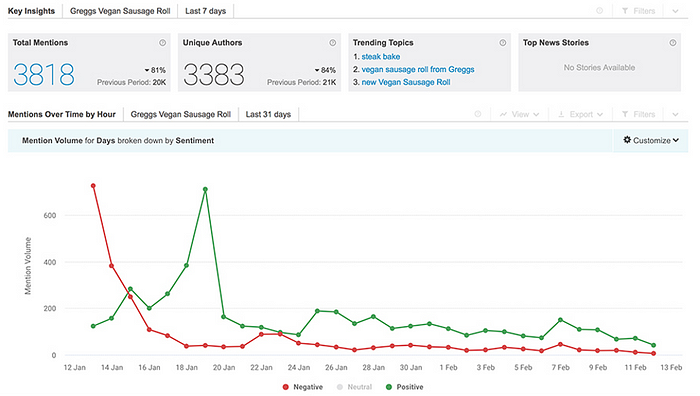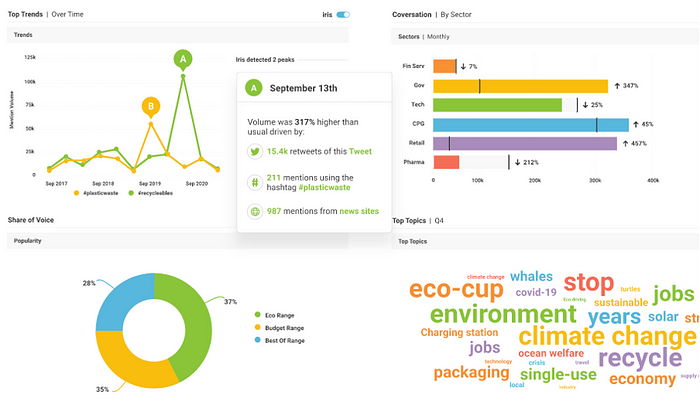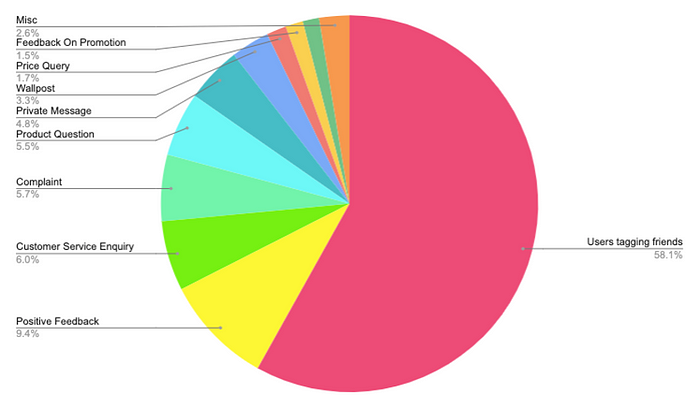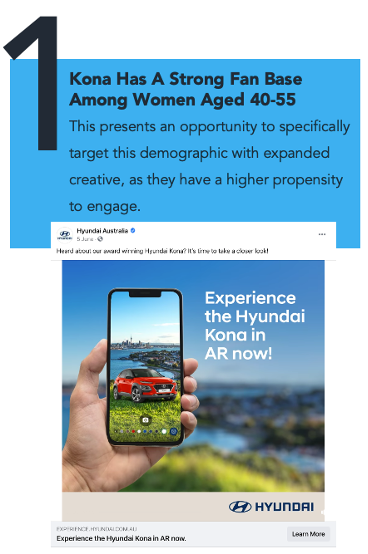There is a common misconception regarding Social Listening. Often businesses invest in social listening with a preventative mindset — screening for negative commentary from their customers. In this case, a listening strategy is used to respond to crisis, analysing and recording all potential negative mentions across social media that may harm the brand long term.
While this is one way to use Social Listening, there are many other benefits such as facilitating customer care, unlocking product innovation, and mining genuine consumer insight into how customers view your products or industry.
Orchard’s Digital Strategist Jack Winter talks Social Listening and why this is key to effective digital strategies.
First things first, what is Social Listening?
Social Listening goes way beyond monitoring and responding to comments on your owned channels - usually referred to as Social Monitoring.
An integrated listening program analyses comments on your owned content to understand the root causes behind social conversations. This is typically complemented with the analysis of online comments that may not be on your brand’s pages, but may mention your brand or one of your products in the copy.
The more advanced side of Social Listening will automatically tag content by sentiment, ranging from positive to negative, which gives you an insight as to how your brand or competitor brand are resonating with consumers.
You’ll be able to analyse peaks and troughs in times that your brand has been mentioned and what is sparking relevant conversation, while you’ll also be able to see some demographics insight behind who is having or driving the conversation.
This level of analysis is pure gold to evolving your social strategy. It helps identify the kind of content your customers and potential customers are after as well as the types of questions they’re seeking answers to, all while providing insights into how your content strategy can continuously evolve to fit the current need.
Why should brands invest in Social Listening?
It’s not just using Social Listening to tick a box and gather the data, but rather, how you use the data for your competitive advantage.
The ability to analyse peaks and troughs in brand or product mentions can help identify root causes behind other business-related results. Have you noticed an increase in sales, or perhaps a lift in followers on your social channels? Social Listening will help you identify the key points in time that shifted the needle for your brand.
Social Listening is equally a powerful tool in identifying new solutions for your brand. When customers start either complaining about the same problem, or rooting for the same win, this opens the door for opportunity.
A good example is analysing customer service perception of your competitors — if their customer service perception is poor, then this identifies an angle for you to win over from your competitive set. You can highlight the positive experiences your customers have when engaging your brand in a bid to gain a competitive advantage.
Examples of what Social Listening can look like
The various tools utilised for Social Listening help us pull in-depth analysis, allowing us to look into areas such as trends over time, share of voice on social and sentiment of messaging.
A favourite tool of mine for social listening is Brandwatch. This tool allows us to look at endless keywords simultaneously, or with conditions applied (eg. “Orchard Marketing” AND “Automotive” in the same mention) to understand both macro and micro conversational trends.

Above is an example of mentions, which are comments or posts featuring a keyword or brand you’ve selected to track. These are shown over time and split by sentiment. This allows us to pinpoint and analyse peaks in sentiment and mention volume, which can help identify why a negative peak has occurred, then rectify it — or better yet, to identify positive peaks and do more of the same.
You can also segment by your product range rather than your brand, to identify what areas of your product suite are resonating strongest.

In this above example, we can see trends between two hashtags related to products, the sectors who are having these conversations about these products, share of voice for the three product ranges, and a word cloud of the top keywords in mentions related to the product suite.
The brilliance of Social Listening tools is that you are not looking at your own channels in isolation — you can take both a helicopter view and a deep dive into what’s being said about your brand and your competitors. This allows you to understand how your competitors are performing and identify opportunities for your brand to stand out.
Our work in action - how we've gone about Social Listening projects
We analysed customer comments to identify sentiment and conversational trends.

For one of our clients, we analysed customer comments and mentions to look for trends in sentiment and topic conversation. By comparing each report consistently against past data, we were able to identify significant changes in how people were responding to our content, which empowered proactive solutions to improve sentiment among our target audience.
Our analysis on Hyundai identified that women had a higher propensity to engage with the Kona compact SUV.

By analysing what was being said around the Kona, we could see that women in a certain age demographic over indexed for engaging with the content. This identified paid media opportunities to target this demographic, as we had data to show they were much more likely to engage with the model in comparison to the rest of the Hyundai range.
The key takeout
Integrating Social Listening into your campaigns can have a profound impact on your success. Below I’ve summarised the key things to remember about the benefits of Social Listening.
Social Listening…
a) Identifies the root cause behind the conversation happening about your brand;
b) Highlights the conversations that have a positive or negative effect on your brand’s wider business results;
c) Helps you gain insight into what your customers want; and
d) Establishes an understanding of what products resonate with certain demographics.
So next time you’re considering your next campaign, talk to the Strategy team about Social Listening and how we can give you a competitive edge.

